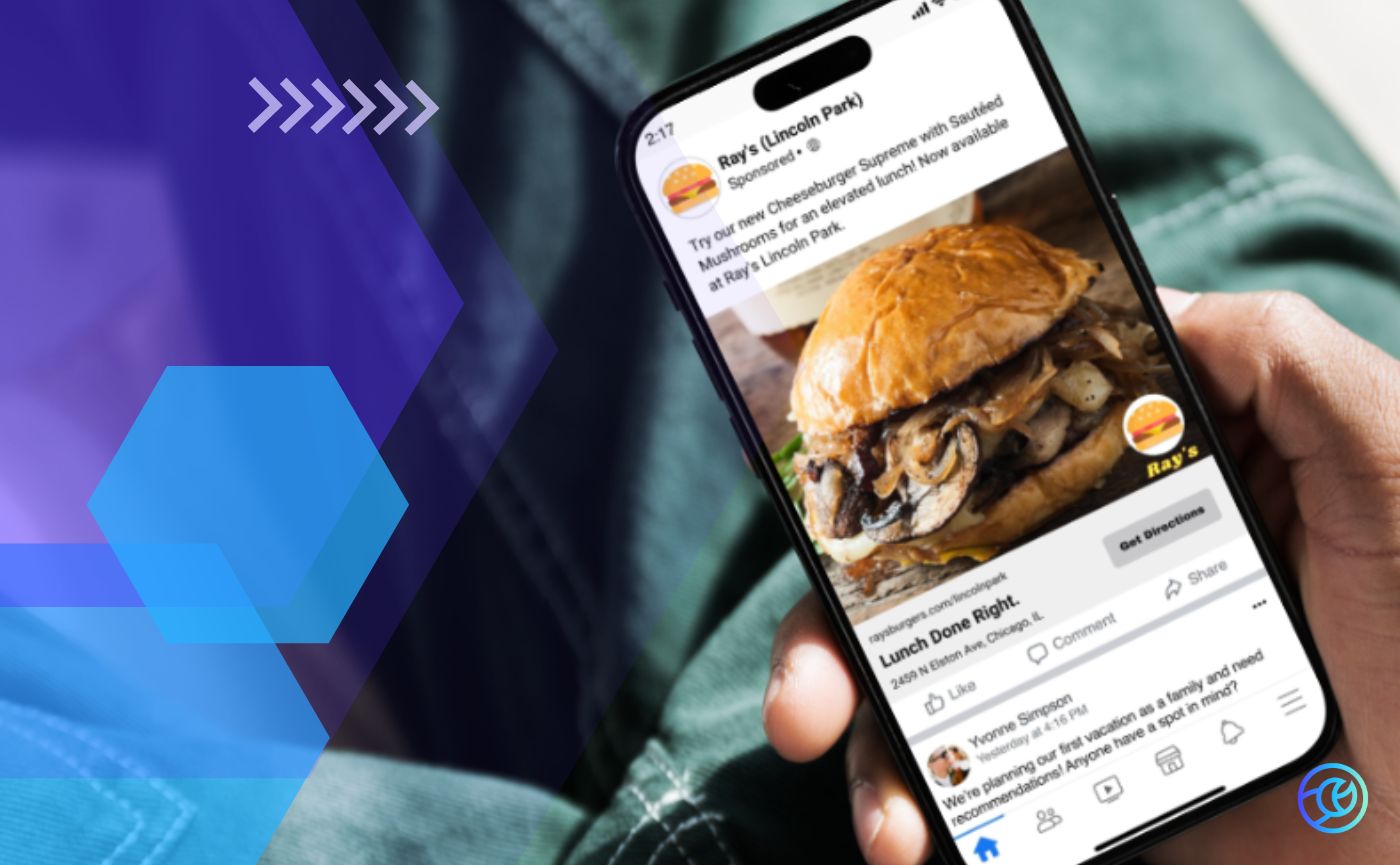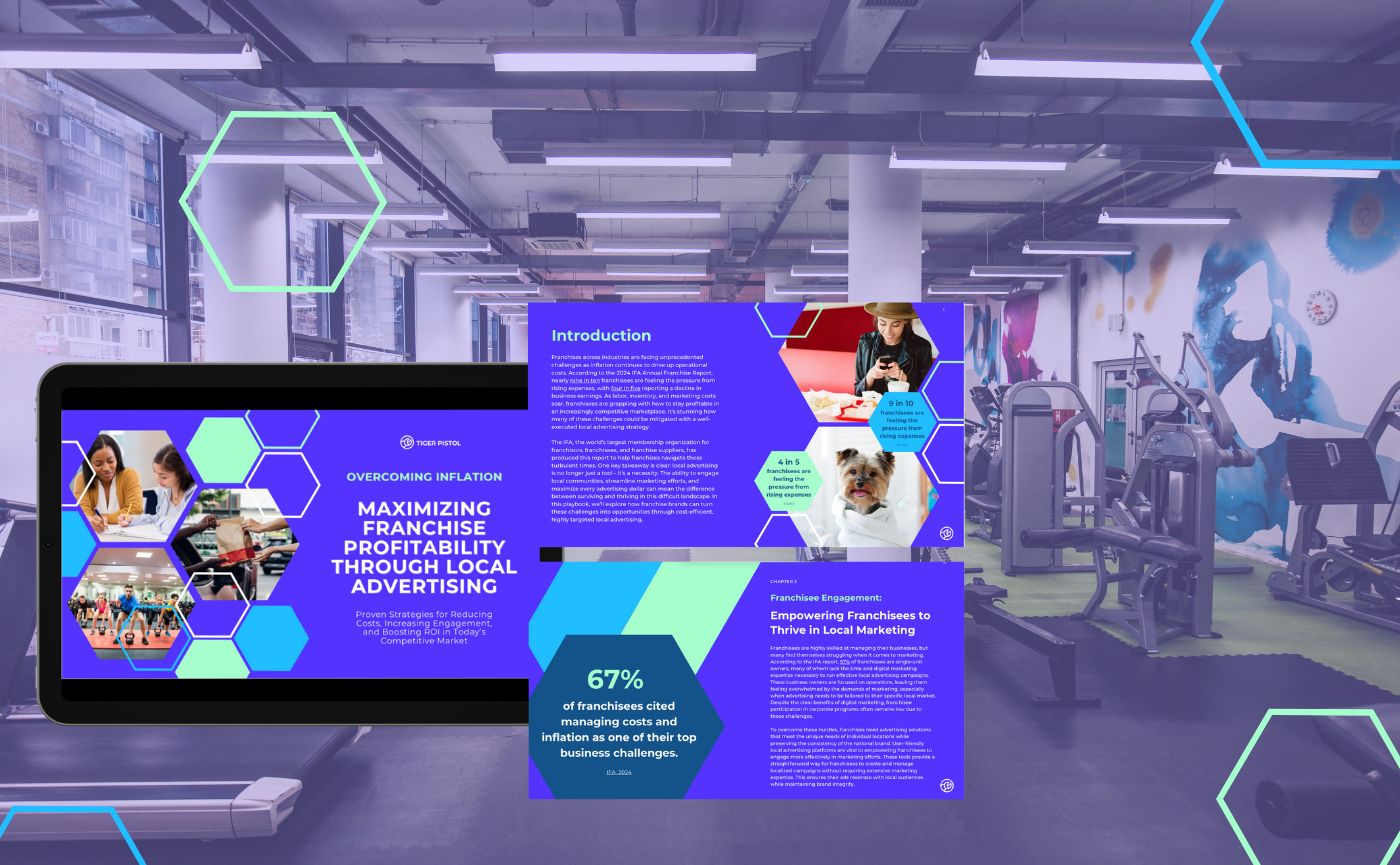A Social Media Advertiser’s Guide to TikTok, Facebook, & Instagram: Objectives & Budget
Facebook, Instagram, and TikTok stand out as powerful platforms for brands looking to connect with their audiences. These platforms offer a range of advertising objectives and budgeting options, tailored to fit various marketing goals. This guide will help you better understand these social media advertising platforms, their available objectives, and some best practices to apply to your marketing strategy.
Objectives: What are My Business Goals?
Understanding your goals is key to the success of your ad. Social ad platforms provide several objectives, each leading to different results. It’s important to know what your business wants to accomplish with the social advertising budget. With this information you can tailor your social media ad strategy to meet these goals effectively.
TikTok simplifies its objectives into three main categories: Awareness, Consideration, and Conversion, mirroring the traditional marketing funnel stages. Whether you aim to maximize your ad’s reach, send traffic to your site, boost engagement, promote your app, collect leads, drive website actions, or sell products, TikTok has structured its objectives to align with these specific goals. This clear segmentation allows advertisers to effectively target their desired stage in the customer journey.
See Best Practices for Choosing a TikTok Objective.
Facebook and Instagram advertisers can drive similar actions; however, these platforms structure their objectives as Outcome-Driven Ad Experiences (ODAX). ODAX adds a strategic layer to ad planning by first asking advertisers to consider what they aim to achieve: Awareness, Traffic, Engagement, App Promotion, Leads, or Sales. Once selected, advertisers are prompted to fine-tune their objectives by selecting further optimizations that align with their chosen outcome.
See Best Practices for Choosing a Facebook & Instagram Objective.
Budget: How Much Should I Spend on Social Ads?
When it comes to budgeting, both TikTok, Facebook, & Instagram offer competitive Cost Per Click (CPC) rates, though Facebook and Instagram provide more cost-efficient reach with their lower Cost Per Mille (CPM). This makes Facebook and Instagram ideal for brands seeking extensive reach without breaking the bank. However, it’s crucial to remember that many factors influence campaign costs, making these average figures a waypoint rather than a hard rule.
| Cost Per Click (CPC): CPC is the cost incurred per click on an ad. | Cost Per Mille (CPM): CPM denotes the cost per 1,000 impressions of an ad. |
|
| $1.00 | $7.00 | |
| $0.95 | $3.50 | |
| TikTok | $1.00 | $10.00 |
Differences become more pronounced between the platforms for minimum spending. TikTok’s relatively higher minimum spend requirements reflect its newer entry into the advertising space and its rapidly growing platform. These spending requirements are lower than in years past and will continue to decrease as more and more advertisers leverage the tool and publish ads. Meta, with its longer history and established advertiser base, offers lower minimum spending, making it more accessible to businesses of all sizes.
| Daily Minimum Spend: Reflects the lowest amount an advertiser could spend. Cost fluctuates with objectives and targeting. | Minimum Spend Per Campaign: Reflects the lowest amount an advertiser could spend. Cost fluctuates with objectives and targeting. |
|
| $1.00 | $7.00 | |
| $1.00 | $7.00 | |
| TikTok | $50.00 | $500.00 |
Maximize Impact: What’s My Most Effective Strategy?
Understanding the strengths and nuances of TikTok, Facebook, and Instagram can help advertisers craft strategies that leverage both platforms effectively. For instance, brands looking for extensive reach at a lower cost might turn to Facebook and Instagram, while those seeking to engage deeply with users in creative ways might favor TikTok’s dynamic ad formats.
Moreover, by diversifying ad spending across both platforms, businesses can tap into the unique audiences and engagement styles each offers. This doesn’t mean spreading resources thin but rather strategically choosing where and how to allocate budgets based on the campaign’s objectives and target audience.
Learn more about how audience targeting differs among platforms in the next article in our series: “A Social Media Advertiser’s Guide to TikTok, Facebook, & Instagram: Audience Targeting.”
Discover how Tiger Pistol can power your local advertising success.
Related Posts
Why Vertical Video Ads Are Essential for Your Advertising Strategy
Leveraging vertical video advertising can amplify your brand’s presence, drive conversions, boost engagement, and connect with the younger, digitally savvy audience. Enhance the Mobile Experience Vertical video ads are tailor-made for mobile devices, ensuring a seamless viewing experience without the hassle of screen rotation. This keeps viewers engaged a
The Power of Local Social Advertising
Local social ads launched from a local business partner’s Facebook Business Page hold a treasure trove of benefits. Whether your multi-location brand comprises franchises, corporate-owned locations, or a network of independent retailers, you need a strategy that drives sales to each specific store. Local social ads empower you to do just that. Direct Action L
Effective Field Support Part 2: Unlocking Performance with Hyperlocalized Campaigns
Franchise advertising thrives when campaigns resonate deeply with local communities. While geo-targeting and regional campaigns are effective for scalability, hyper-localized campaigns deliver the most impactful results by tailoring messages to specific audiences at the local level. By launching ads directly from individual franchisee accounts, brands can maxim
Tiger Pistol’s New Playbook Helps Franchises Overcome Inflation and Drive Profitability Through Local Advertising
Providing Franchises with Cost-Saving Strategies, “Overcoming Inflation: A Playbook for Maximizing Franchise Profitability Through Local Advertising” Offers Proven Methods for Reducing Costs, Increasing Engagement, and Boosting ROI Tiger Pistol, the most advanced local advertising platform, today announced the release of its latest playbook: “Overcoming I





